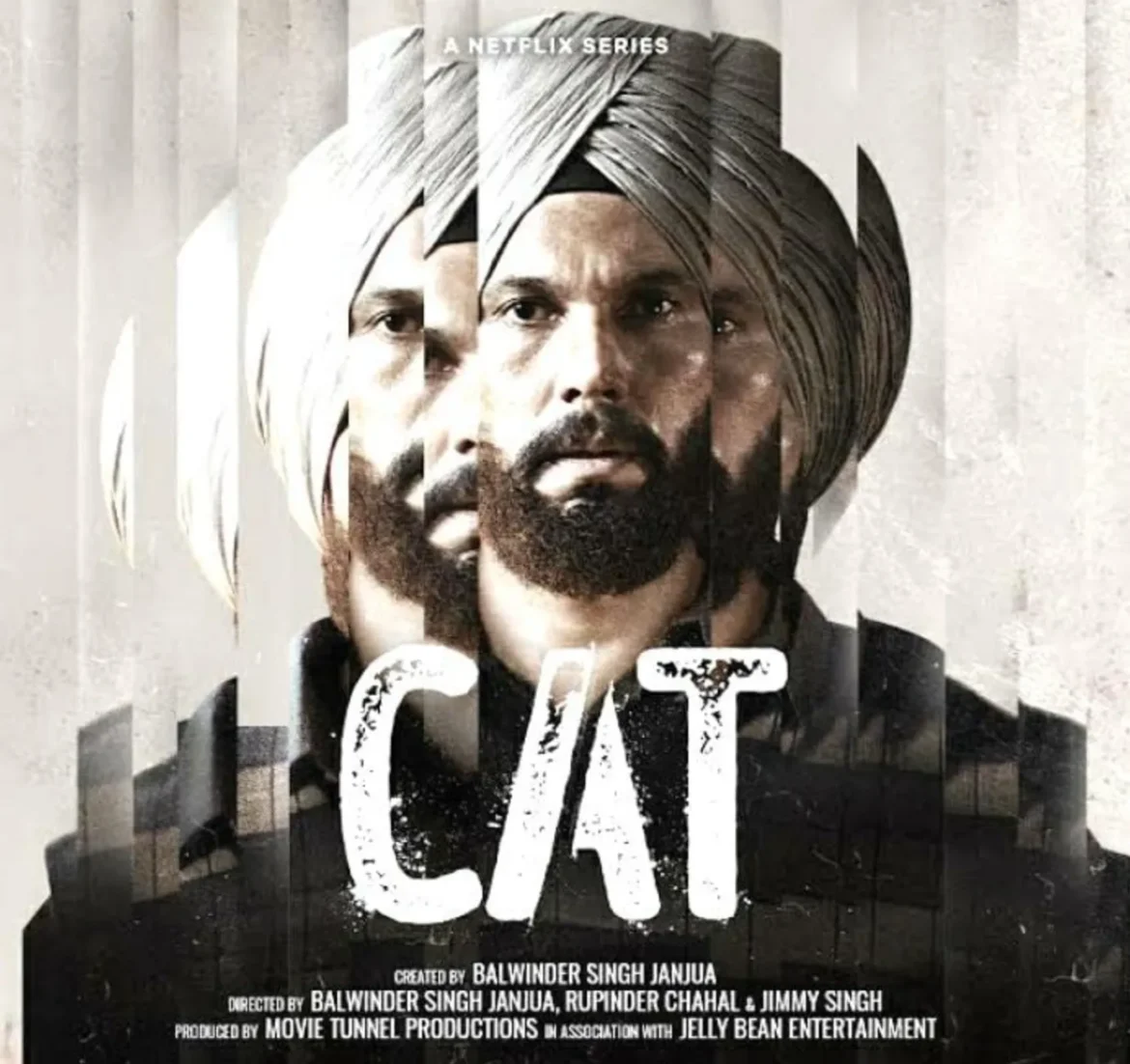Meet Gary, a child soldier. A policy spy in the Khalistan movement who single highhandedly gets dozens killed with his information. But he is not a patriot. The insurgents killed his parents and he is here for revenge.
Meet Sehtab Singh, Gary’s self-appointed savior. He is the local police officer, who takes Gary under his wing and mentors him in spycraft as a CAT agent. A Ghalib quoting middle-aged, mild-mannered man, one doesn’t know what to make of this pragmatic inspector. What is his real deal? Is he a father figure to Gary or is he just using him?
In the center of this odd, trusting relationship lies the complex world of rural Punjab’s politics, corruption, and drug mafia. Years have passed, and Gary is now Gurnam, a mechanic. Sehtab is about to retire from the police force. While he may be an earnest cop, Gary sees his peers and bosses benefiting from the corrupt nexus and he too wants to retire with money. He places his bet on the downfall of an influential local political leader, Madam Aulakh.
When Gurnam’s younger brother gets caught for drug peddling, he reaches out to Sehtab. In classic quid pro quo, Sehtab offers to help out in return for setting up Gurnam as a mole in Aulakh’s drug cartel. CAT is Gurnam’s journey from a nobody to a crime boss and is littered with lies and bodies.

Source: IMDB.com
With mostly grey characters, machiavellian motivations, and hidden histories it takes a while to pin the bad guy. After all, there is no dearth of villains to choose from.
Will it be Laadi, the middle management goon with toxic masculinity issues? With it be his boss, Madam Aulakh, reigning the city with a tight hold on politics and drugs? Or will it be our protagonist, Gurnam who can easily cross over to the dark side? He has nothing to lose and is no stranger to violence.
When you are not busy trying to figure out what’s everyone up to, the script offers an education on the mechanics of the drug trade and its pervasive network. From the crumbling houses of rural Punjab to the sprawling mansions of the drug lords just a few kilometers away. Everyone is either selling, buying, or using it.
Photo by Huzaifa Waheed on Unsplash
The Cast Delivers
CAT’s moments of humor are few and far between, lost amidst the bullets and deaths. It is not an easy watch. However, what kept me hooked were the excellent performances by the cast.
Randeep Hooda brings out a hidden steeliness to the role, belied by the everyman’s look of his character. His Gurnam radiates sincerity, innocence, desperation, and the talent of disappearing into the background. Any strong reaction from him is visceral and unexpected, the violence even more shocking.
Sehtab is a Shakespearean character, not just because he quotes poetry every chance he gets but because there is often a sense of breaking the fourth wall. With his shenanigans, he is challenging the audience to conspire with him. Satyanvander Pal gives a riveting turn making you both cheer for and squirm from him.
Other characters turn in strong performances too. Geeta Agrawal Sharma adds a likable earnestness to her Madam Aulakh and keeps her short of being a comical villain. Eklavey Kashyap, as the local pop star, brings the only comedic relief in the grim show.
Sometimes the plot meanders and is about to lose itself in the melodrama of illicit affairs, illegitimate children, and, so on. The actors manage to bring strong realism into the plot.
CAT is as much about the microcosm of a small town in Punjab as it’s about the choices these set of characters make. Survival is a key theme driving all characters — in a place where options are limited, it’s hard to hold the moral high ground.


